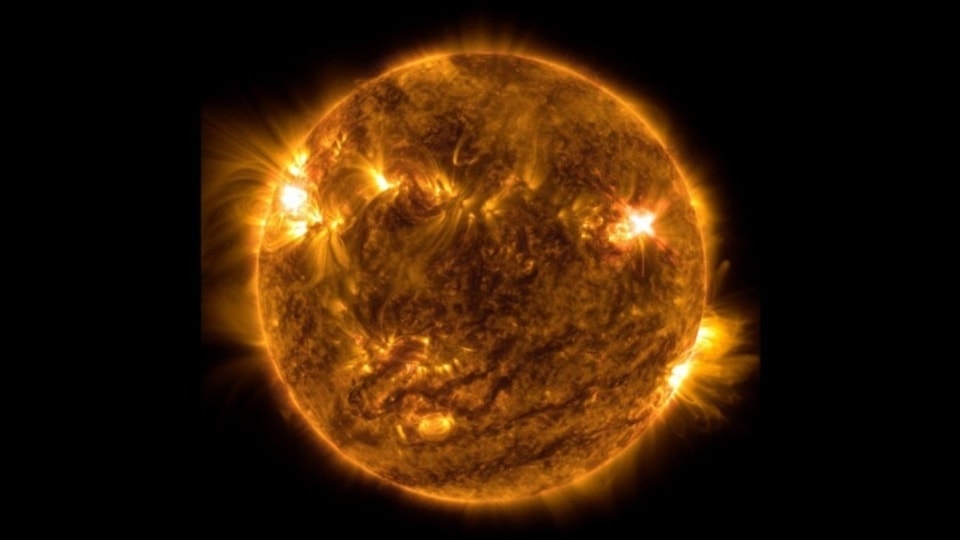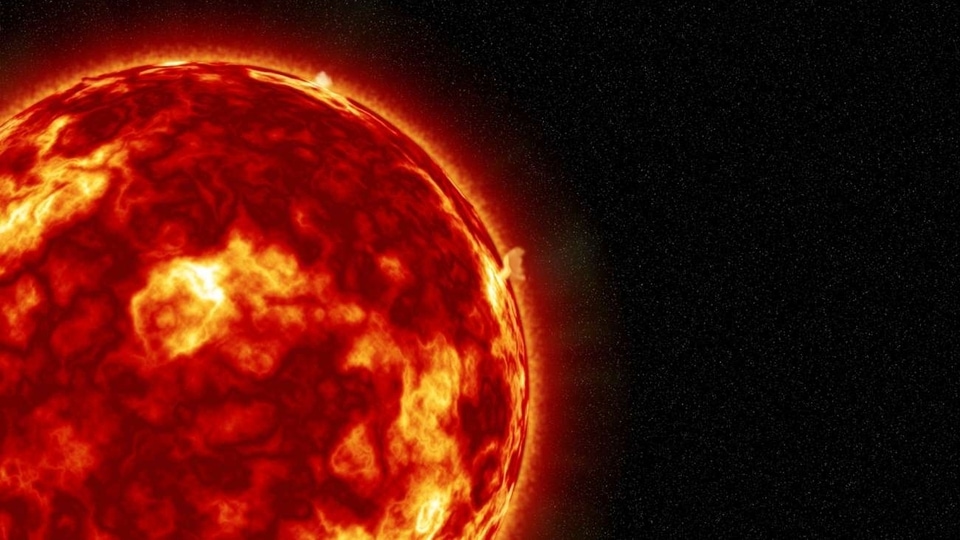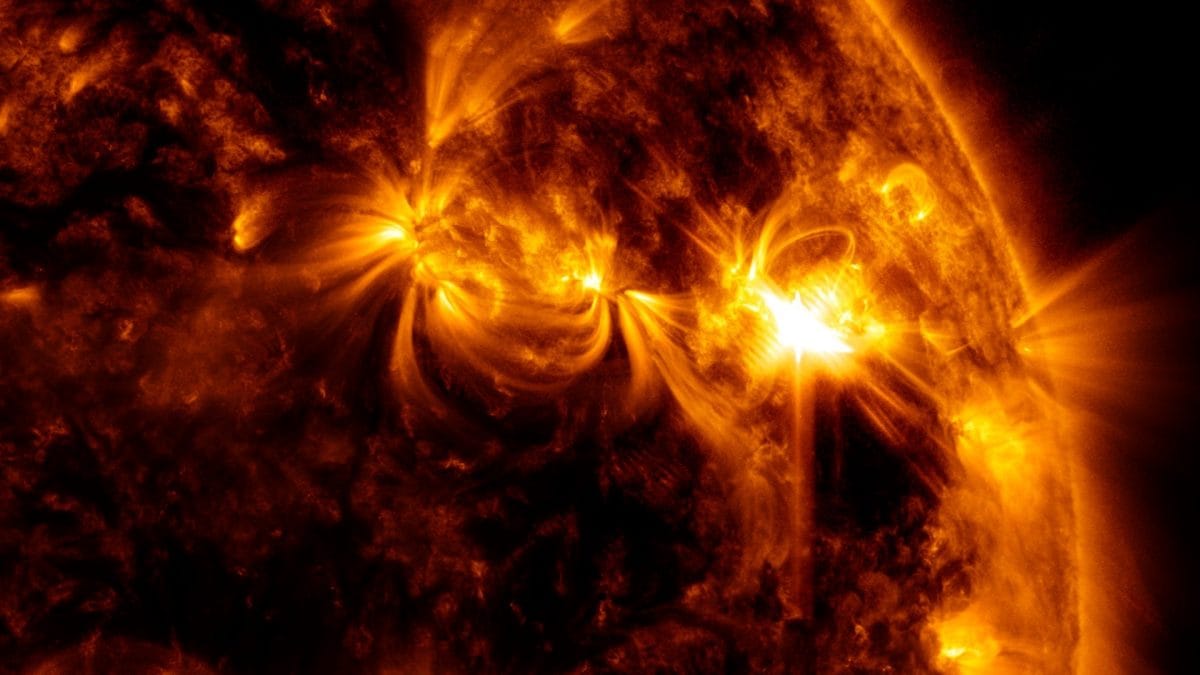Scary! Huge sunspot on the Sun could double in size, hurl solar flares
A scary sunspot could combine with another sunspot and hurl solar flares towards Earth! Here’s what you need to know.






 View all Images
View all ImagesThe solar activity is nearly at its peak due to the Sun being in the middle of its 11-year solar cycle, which has resulted in increased solar output. Our planet has been in the firing line of solar flares, solar storms, Coronal Mass Ejections (CMEs) and more for quite a while and more are expected as the Sun moves ahead in its cycle. Although this solar activity might seem harmless due to the distance of the Sun from our planet, they can cause major damage.
Now, scientists are constantly observing increasing activity at a Sunspot named AR3157, on the surface of the Sun. It has been observed emitting plumes into space, according to a report by spaceweather.com. The report said, "New sunspot AR3157 doesn't look like much, but it is very active, almost constantly hurling plumes of plasma into space.”
This growing sunspot, if combined with another nearby sunspot, could trigger an explosion and send strong solar flares hurtling towards the planet. “Magnetically, sunspot AR3157 is connected to nearby sunspot AR3156. If one goes off, it could trigger an explosion in the other, boosting the odds of a significant flare,” the report added further.
What is a Sunspot?
According to NASA, Sunspots are dark areas on the solar surface which contain strong magnetic fields that are constantly shifting and can form and dissipate over periods of days or weeks. They occur when strong magnetic fields emerge through the solar surface and allow the area to cool slightly.
What are Solar Flares?
According to NASA, Solar flares are photon flares emitted from the Sun which travel from the flare site. They are ranked by alphabets depending on their intensity with ‘A' being the smallest in intensity and ‘X' being the most dangerous flare. Solar Flares occur due to Coronal Mass Ejections (CMEs) on the surface of the Sun which send charged photon particles hurtling towards Earth.
However, not all solar flares impact Earth. In fact, these flares only impact the planet when they originate on the side of the sun facing Earth.
Catch all the Latest Tech News, Mobile News, Laptop News, Gaming news, Wearables News , How To News, also keep up with us on Whatsapp channel,Twitter, Facebook, Google News, and Instagram. For our latest videos, subscribe to our YouTube channel.































